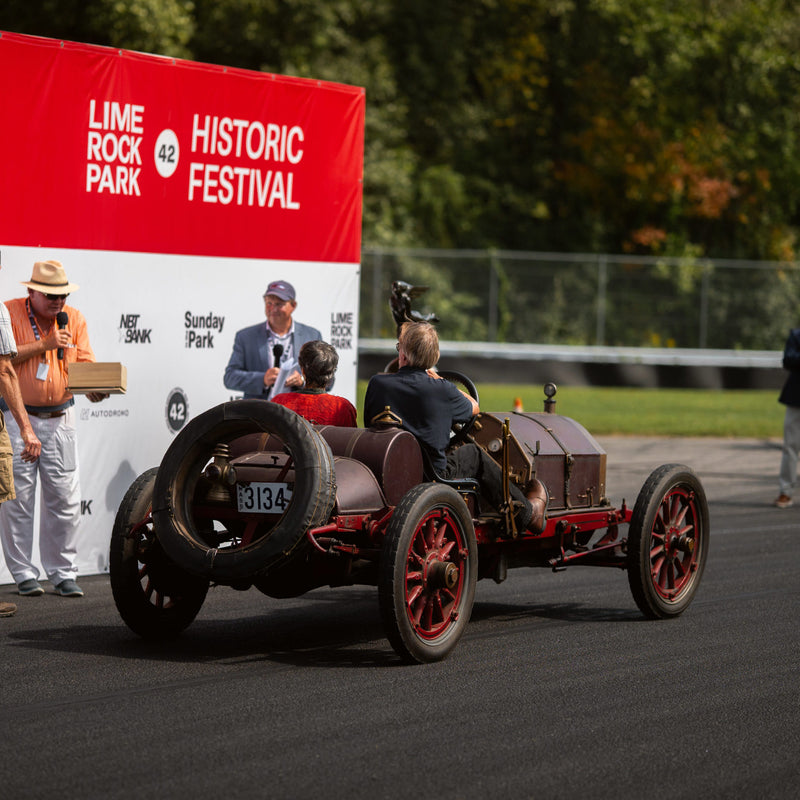What is the perfect setup for racing a modified 1956 Porsche 356 Speedster T1 in harsh and snowy environment? It's dead simple, and yet so fascinating: spiked wheels, the right oil, and a bit of finesse.
When following the 2016 Winter Marathon, a grueling regularity race for classic cars held in the Alps, we teamed up with our friends atGare d'Epoca andColpani Motori to follow the preparation of a car for a few days before the race.

Porsches are very probably the best classics for driving quickly in snowy and/or just plain bad weather. In period, the specialized press loved the 356's road holding capability and handling during bad weather. No wonder so many people use these to compete and win just about anywhere, even today: they're reliable, sturdy, fun to drive, and easy to maintain.
No matter how you put it, there is always some work to do, even on a reliable Teutonic sportscar. To race in the snowy mountains, you need a very specific set up: no torsion bars, low-pressure spiked tires, a lean air-fuel mixture, high thermal excursion oil and...a proper heating system.
Mattia Colpani, rally driver,Petrolista and Porsche-maniac has hooned around this ’56 Speedster for some years now.
“It's my war horse. I raced this car for a long time, and do all the maintenance for each race," he tells me as he jacks up the car to change the tires and oil.



“The Winter Marathon is the first race of 2016, and the car needs to be in order. This old girl is perfect for racing in the snow: I modified the heater in order to bring more hot air from the engine for me and my navigator when we're racing."
He then picks up a set of spiked 165/80/15 tires: "We run these on the lowest pressure possible to have the best grip. We also took out the torsion bars: it just handles better."
Mattia also checks the brakes and fills the Speedster with Motul SAE 20/50 motor oil. He also sets a very lean carburetion in order to have the best performance at higher altitudes. He confessed that he changed the original 1.6-liter engine with a race-spec 1.8-liter flat four, with a Sebring style exhaust.



It’s, "120 horsepower against the 70 from the stock engine. It's a giant leap forward in performance and a very good decision. I keep the original resting on the bench, and have more fun with this one!" he says.
While simple, the finesse required to execute the tuning of the new engine for the race is not a common skill. Mattia takes his racing expertise to the garage where, with his dad, he works on the car he and Colpani Motori customers race through the year.
And yes, it was a great day spent drifting in the snow at the 2016 Winter Marathon.
We thank Mattia Colpani of Colpani Motori and Enrico Renaldini of Gare d'Epoca for the time together
































































